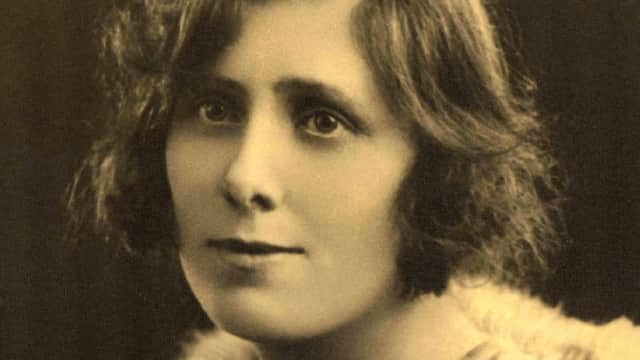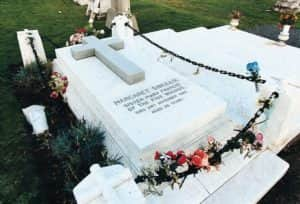Margaret Sinclair: From factory floor to miracle worker


A dilapidated tenement flat in Edinburgh's Old Town may not seem like the birthplace of a modern day saint - but miracles do happen.
Campaigners have long called for Margaret Sinclair, a humble factory worker turned nun, to be recognised as a saint.
Advertisement
Hide AdAdvertisement
Hide AdThe third of six children, Margaret Sinclair was the daughter of a corporation dustman, Andrew, and his wife Libby.


From an early age, she took an interest in religion, attending mass daily at St Patrick’s in the Cowgate.
Such was the strength of her sense of social justice that she was already visiting the city slums by her teens, offering company and solace to the elderly and lonely.
Margaret Sinclair was educated at St Anne’s School in the Cowgate but went on to take a certificate in sewing, cooking and dressmaking at the Atholl School of Domestic Economy, at the same time working as a messenger girl for a local business to help support her younger siblings.
She found work as a French polisher in the Waverley Cabinet Works, and also worked as a trade unionist, a factory worker for McVitie’s Biscuits and in a mill.


She was still just 23 years old when, after expressing a wish to become a nun, she joined the Order of the Poor Clares in London, since its Edinburgh convent at Liberton had no vacancies.
Given the name of Sister Mary Francis of the Five Wounds, Margaret Sinclair worked in the London area, supporting the poor while asking well-off residents to donate to the Order.
But she died tragically young, contracting tuberculosis in April 1925 and passing away seven months later in November, at the age of just 25.
Advertisement
Hide AdAdvertisement
Hide AdOriginally buried in London, at Kensal Green, her body was re-interred at Liberton's Mount Vernon Cemetery in December 1927.
The original grave in Mount Vernon Cemetery. pictured in 1996. Picture: TSPL
In October 2003 her remains were again moved 'home' to St Patrick's, where the National Shrine of the Venerable Margaret Sinclair can be found.
Archbishop of Edinburgh and St Andrews, Leo Cushley, said in 2015: “Margaret led an exemplary life as a lay person, who was very much a modern woman, a woman of her times, and who was also an exemplary religious sister, albeit briefly, before she died at the age of 25.
“Almost immediately after her death in 1925 a devotion to her spread, and spread rapidly and was very strong for many decades."
Margaret Sinclair was venerated by Pope Paul VI in 1978, with his predecessor Pope John Paul II saying in June 1982: "Margaret Sinclair could well be described as one of God’s little ones who, through her very simplicity, was touched by God with the strength of real holiness of life, whether as a child, a young woman, an apprentice, a factory-worker, member of a Trade Union, or a professed Sister in religion.
"I fully appreciate the aspirations of the Catholics of Scotland, and elsewhere... to promote her Cause for Beatification... and I know that you are praying that it may come about."
Having been venerated, the next step in Margaret Sinclair's ascension to sainthood is beatification, followed by canonisation in Rome - so long as there is proof of a miracle connected to her.
Advertisement
Hide AdAdvertisement
Hide AdAmong those who claim to have been miraculously cured by the prayer of the Venerable Margaret Sinclair is a blind woman who recovered her eyesight, a woman with chronic osteoarthritis and a woman in Liverpool with a tubercular infection in her lungs.
Another case concerned a baby born premature, weighing just one pound. The family was given permission by medical staff to open the sterile incubator and place a relic of Margaret next to the infant, after they were told there was no hope of survival.
The baby appeared to recover, although the family were reluctant to give the go-ahead for the baby's name to be released as evidence of a miracle.
But Margaret's followers remain hopeful that a humble factory worker turned nun, who spent the majority of her tragically short time alive helping the less fortunate, can become Scotland's second saint, after John Ogilvie was canonised in 1976.